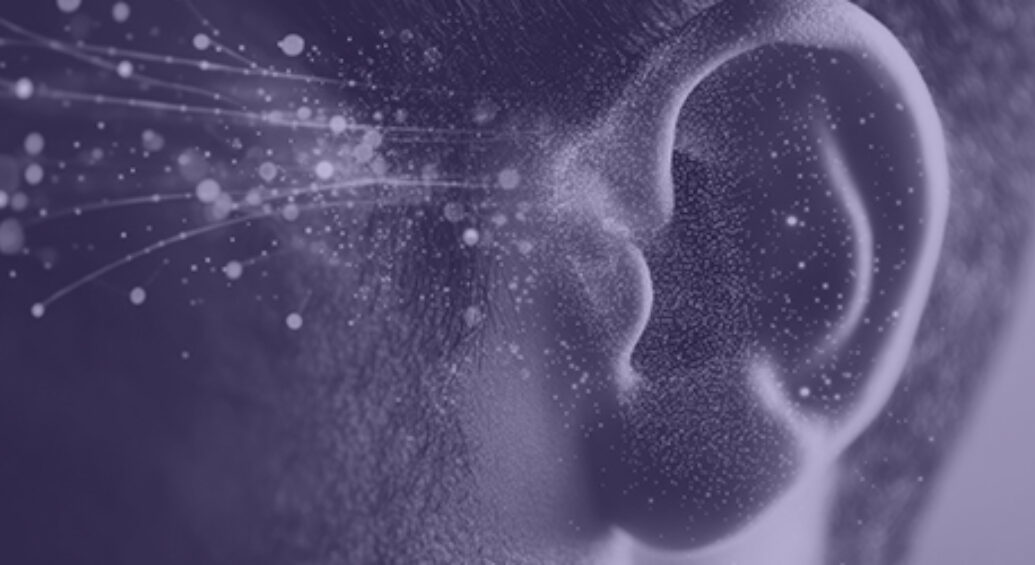Engagys Engagement Whisperers

From the Classroom to the Clinic: How Teaching Mirrors the Art of Health Communication
After years of working in the healthcare technology sector, across marketing, product, and content roles, an opportunity arose to teach health and medical writing at NYU’s School of Professional Studies, Master of Science in Professional Writing Program. As an adjunct instructor, I teach students who are interested in exploring writing as the next step in their career.
You might be surprised by how much these two worlds overlap. On the surface, one involves grading essays and the other involves explaining co-pays and cholesterol—but dig a little deeper, and you’ll find that both roles rely on the same core skills. Let’s break it down through four key areas: relevance, channels, comprehension styles, and A/B testing.
1. Relevance: Know Your Audience
In both the classroom and the healthcare space, relevance is everything. As an adjunct writing instructor, I quickly learned that if my lesson isn’t connecting to my students’ lives, I’ve lost them. Try explaining the nuances of passive voice to a room full of students who want to write about the latest diet trends, and you’ll see what I mean.
The same goes for health communications. Healthcare consumers don’t want a dissertation on bone density—they want to know what it means for their next doctor’s visit or how it affects their daily routine. Health plans don’t want fluffy language; they want clear, actionable content that helps members understand their benefits and make informed decisions.
In both cases, you’re constantly asking: Why should they care? And if you can’t answer that, it’s back to the drawing board.
2. Channels: Meet Them Where They Are
Teaching writing at NYU isn’t just about handing out a syllabus and hoping for the best. I’m emailing, posting in the course Learning Management System, and holding virtual office hours, I’ve even started experimenting by providing audio (not written) feedback on assignments; it can be much easier for students to hear the intention in my feedback rather than reading static words on a page. I’ve learned to adapt my messages to the medium—because students engage differently depending on where and how they prefer to receive feedback.
Health communications work the same way. I might be writing a print brochure for a healthcare provider, a push notification for a mobile app, or a conversation guide for a call center agent. Each channel has its own tone, constraints, and audience expectations. A text message about a flu shot reminder needs to be short, clear, and friendly. A benefits guide? That’s a whole different beast.
The trick is knowing how to tailor your message to the platform without losing clarity or impact. Whether it’s an announcement posted to our learning management system, or a Medicare explainer video, the principle is the same: meet your audience where they are.
3. Comprehension Styles: One Size Never Fits All
Every writing instructor knows that students learn in wildly different ways. Some need visual aids, others thrive on discussion, and a few just want to read a textbook and be left alone. You learn to mix it up—slides, group work, peer reviews—because no single approach works for everyone.
Health communication is no different. Healthcare consumers have different literacy levels, cultural backgrounds, and health experiences. Some want detailed explanations; others just want the bottom line. Some speak English as a second language while others are managing multiple chronic conditions.
I’ve noticed a preference and resurgence of listening comprehension (think: less radio, more podcasts and audiobooks), as well as visual storytelling (think: infographics). Students and healthcare consumers both benefit when you develop messages that can be translated into written, auditory, and visual forms.
4. A/B Testing: When In Doubt, Test It Out
A/B testing has helped me both as a writing instructor and health communicator because it helps me make data-driven decisions on how to develop messaging most effectively. As an instructor, A/B testing reveals which instructional strategies, feedback methods, or content formats lead to better student engagement and learning outcomes. By comparing two versions of a lesson or assignment, instructors can refine their teaching to better support student success.
Similarly, health communicators use A/B testing to determine which messages, visuals, or delivery methods most effectively influence behavior and actions. Whether promoting vaccination, healthy eating, or disease prevention, testing different communication approaches helps ensure that messages resonate with diverse audiences and achieve the desired impact. In both fields, A/B testing transforms intuition into evidence-based practice.
Final Thoughts
Whether you’re standing in front of a classroom or drafting a health plan welcome kit, the goal is the same: make your message matter. Teaching writing and crafting health communications both require a deep understanding of your audience, a smart mix of channels, a flexible approach to comprehension, and a healthy dose of A/B testing.


